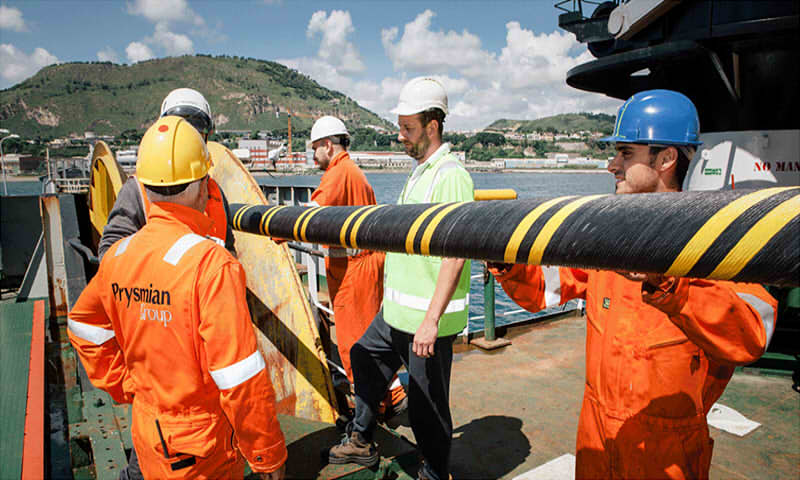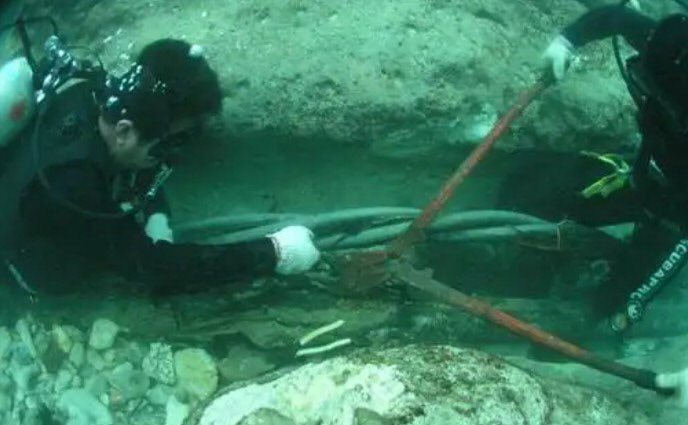The Prysmian Group has signed a contract with the French operator of transmission systems Réseau de Transport d'Électricité (RTE). Will provide inspection services, maintenance and repair (IMR) of the HV submarine cables connecting three offshore wind farms off the Normandy coast.
The Fécamp and Calvados wind farms are among the largest commercial wind farms built in France. Its proper functioning is crucial to achieve the objectives of energy transition from France. These wind farms will be connected to the terrestrial grid using Prysmian electrical cables.
IMR Service Offering

Maintenance services provided by Prysmian will reduce potential power outages due to power outages at wind farms. Thus, a constant flow of renewable energy is guaranteed to French homes and businesses.
The contract has a duration of 15 years. These are three HV submarine cables for the AC of 220 kV XLPE insulated and reinforced with steel wires. They are for the Fécamp wind farms (2×18 km mar adentro), Calvados (2×16 km mar adentro) y St. Nazaire (2×34 km mar adentro).
Prysmian has been continuously providing IMR services to its clients, including preventive maintenance, storage and repair services for critical segments and offshore wind farms.
Maintenance of HV Submarine Cables
Los high voltage submarine cables They are usually buried at a depth of 1 a 2 meters below the seabed. Since the seabed is not very regular, submarine cables are sometimes exposed.
In these cases, anchors and trawl nets from fishing boats can destroy transoceanic cables. Thus, Areas with cables on the seabed are often designated as no-anchor areas. This measure, as in the case of cables buried in the ground, It is usually marked with a sign “Prohibited to operate, underground cables”.

Nevertheless, Submarine cables are not immune to external damage. Several submarine fiber optic cables in Norway, the UK and France were damaged some time ago. and the repair of high voltage cables under the sea high voltage is especially important.
The first step in repairing a submarine cable is to find the break point. In general, a robot is used that dives to the seabed and scans to find the exact location of the cable break. In the case of composite submarine cables, Engineers can also transmit light pulses to determine breakage based on its duration. After, It is necessary for the ship to bring new cables for repair.
Repair work requires salvaging the faulty section of submarine cable first. If the cable is less than 2.000 meters deep, You can rescue him with a robot. If he HV armored cable submarine is found in water depths of approximately 3.000 a 4.000 metros, a grappling hook is used. This hook takes more than 12 hours to recover and release once.
Once the broken cable was rescued to the boat, repair work on the transoceanic cable must be carried out. Highly specialized technicians are responsible for this..
